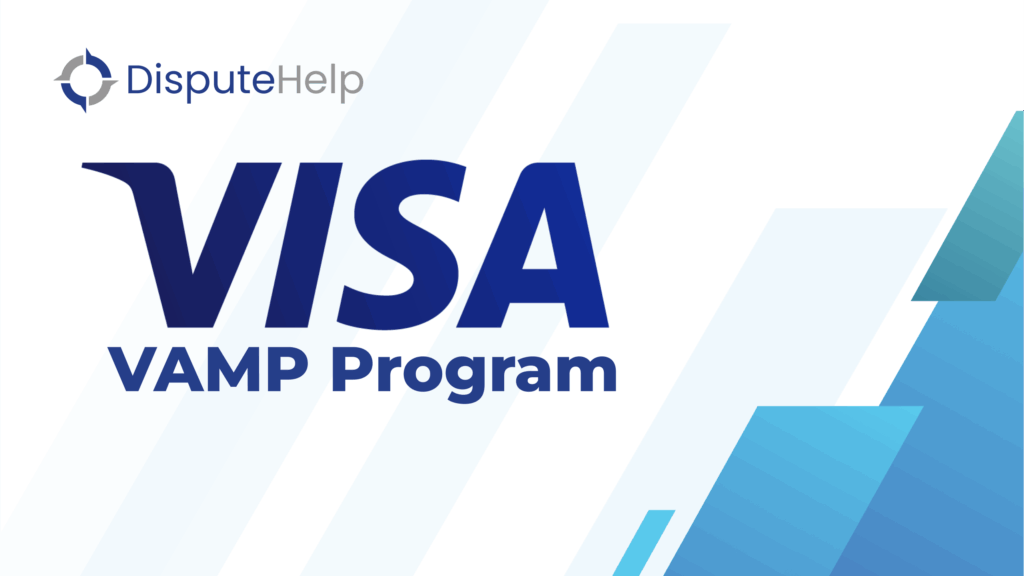Chargebacks are a headache for any merchant who accepts credit card payments. They can result in lost revenue, fees, penalties, and damage to reputation. But what if we told you that there is a way to fight back and recover some of that money? It’s called representment, and it’s a process that allows merchants to dispute chargebacks with evidence that proves the validity of the transaction. In this article, we will explain what representment is, how it works, what kind of evidence is needed, and beyond.
What is Representment?
Representment is the second stage of the chargeback process, after the initial chargeback has been filed by the cardholder or the issuing bank. Representment gives the merchant an opportunity to challenge the chargeback and reverse it. The process of representment can be summarized in the following steps:- The merchant receives a notification of the chargeback from the acquiring bank or the processor.
- The merchant reviews the chargeback reason code and decides whether to accept or dispute it.
- If the merchant decides to dispute it, they gather compelling evidence that supports their case and submit it to the acquiring bank or the processor.
- The acquiring bank or the processor reviews the evidence and decides whether to accept or reject the merchant’s dispute.
- If they accept it, they send it to the card network, which forwards it to the issuing bank.
- The issuing bank reviews the evidence and decides whether to uphold or reverse the chargeback.
- The final decision is communicated to all parties involved.
What is Compelling Evidence?
Compelling evidence is any document or information that can prove that the transaction was authorized, delivered, or fulfilled by the merchant. Compelling evidence can vary depending on the type of transaction, the chargeback reason code, and the card network’s rules and policies. However, some common types of compelling evidence are:- A copy of the sales receipt or invoice that shows the date, amount, and authorization code of the transaction.
- A copy of the customer’s signature or electronic signature that confirms their acceptance of the transaction.
- A copy of the shipping confirmation or tracking information that shows the delivery date, address, and recipient’s name or signature.
- A copy of the customer service correspondence or records that show the merchant’s attempts to resolve any issues or complaints with the customer.
- A copy of any relevant terms and conditions, policies, or disclosures that were agreed upon by the customer at the time of purchase.
What are Some Examples of Effective Compelling Evidence?
To illustrate how compelling evidence can help merchants win chargebacks, let’s look at some examples of common chargeback reason codes and what kind of evidence can be used to dispute them:- Reason code 10.4: Cardholder Does Not Recognize Transaction. This reason code is used when the cardholder claims that they do not recognize or remember making a purchase with their card. To dispute this chargeback, the merchant can provide a copy of the sales receipt or invoice that shows the date, amount, and authorization code of the transaction, as well as a copy of the customer’s signature or electronic signature that confirms their acceptance of the transaction. The merchant can also provide any other information that can help identify the customer, such as their name, email address, phone number, IP address, device ID, or loyalty program membership. This reason code is also CE3.0 eligible liability shift to the issuer.
- Reason code 13.1: Services Not Provided or Merchandise Not Received. This reason code is used when the cardholder claims that they did not receive the goods or services that they paid for. To dispute this chargeback, the merchant can provide a copy of the shipping confirmation or tracking information that shows the delivery date, address, and recipient’s name or signature. The merchant can also provide a copy of any relevant terms and conditions, policies, or disclosures that were agreed upon by the customer at the time of purchase, such as shipping timeframes, delivery methods, refund policies, cancellation policies, etc.
- Reason code 12.7: Cancelled Recurring Transaction. This reason code is used when the cardholder claims that they cancelled a recurring transaction but were still charged for it. To dispute this chargeback, the merchant can provide a copy of any relevant terms and conditions, policies, or disclosures that were agreed upon by the customer at the time of purchase, such as subscription duration, renewal frequency, cancellation procedures, etc. The merchant can also provide a copy of any customer service correspondence or records that show when and how the customer cancelled their subscription.


